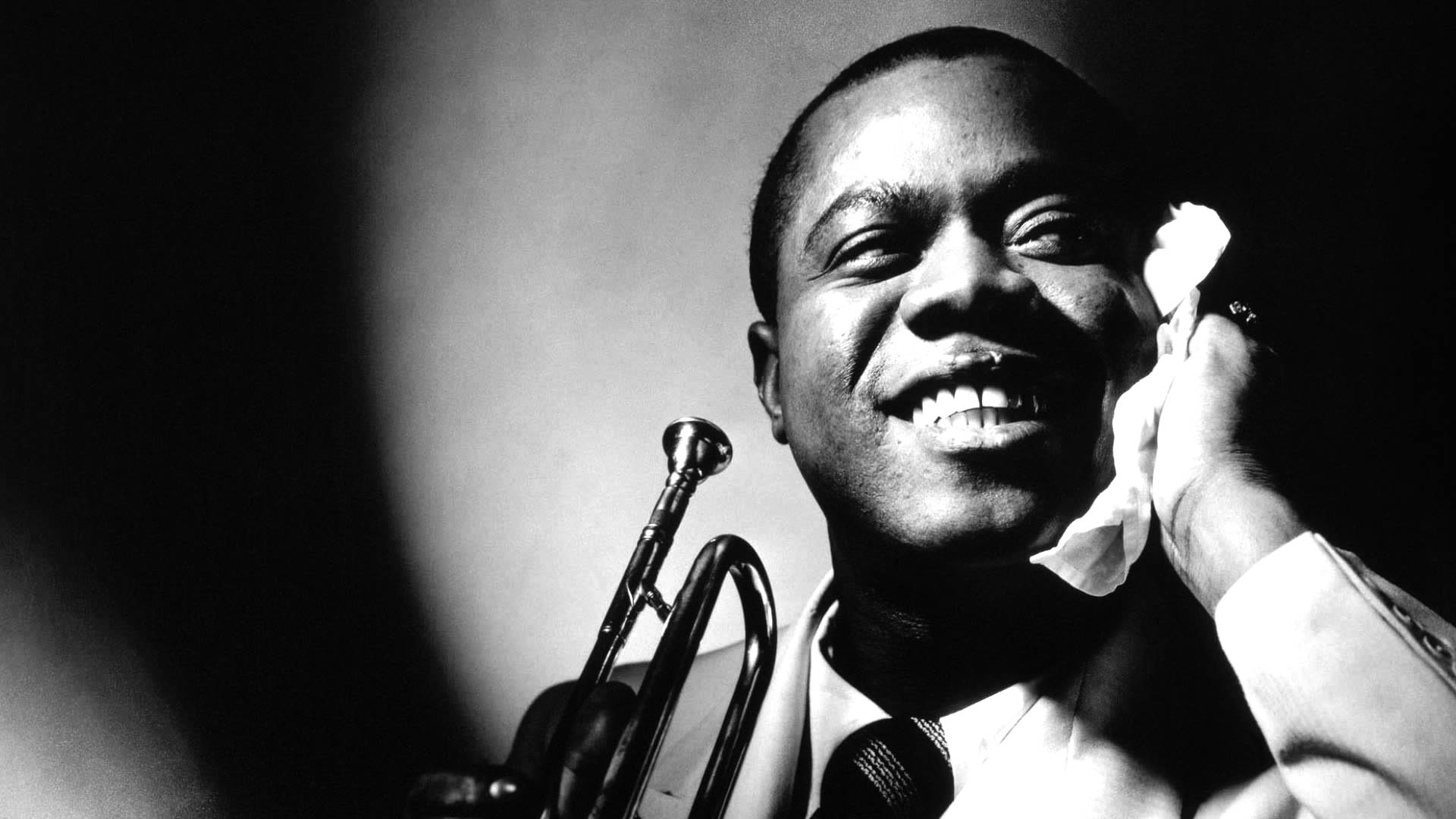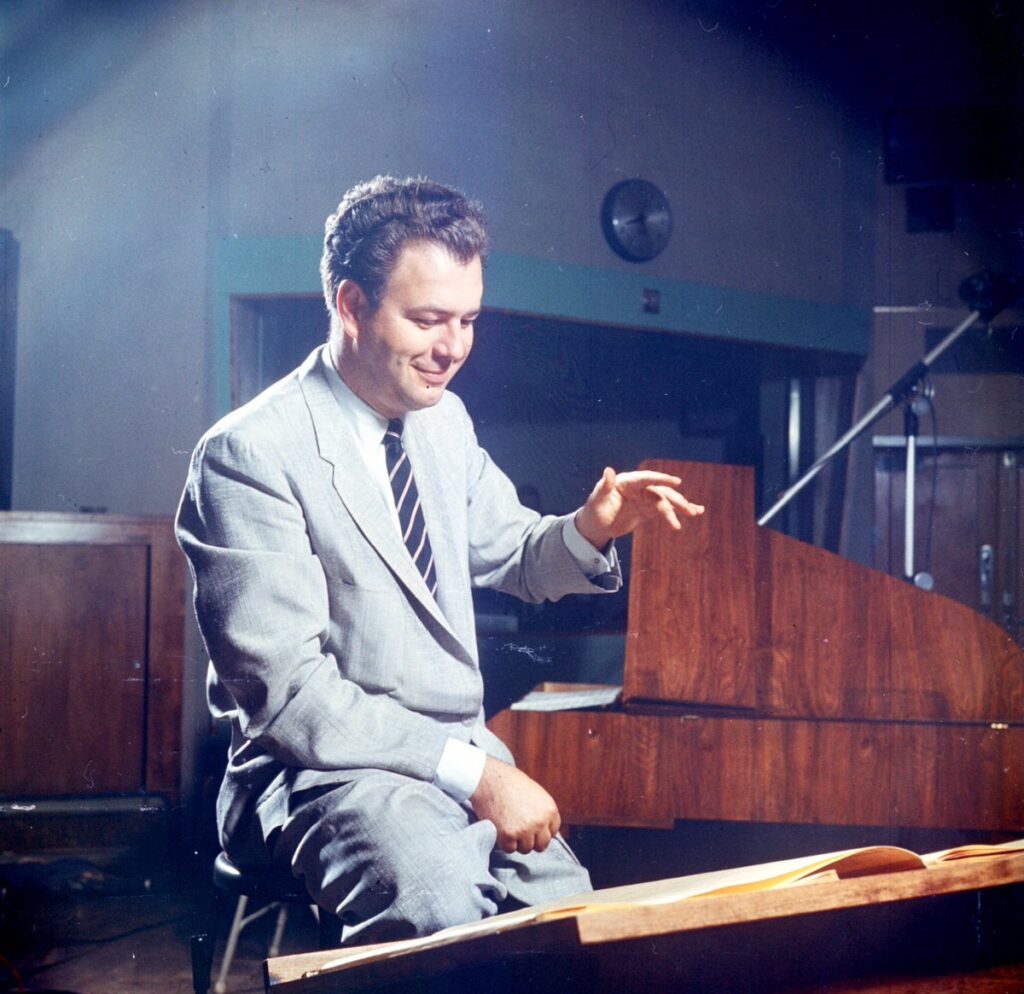
The last television episode of The Frank Sinatra Timex Show of the 1950s aired on December 13th, 1959. Hindsight suggests this was a significant event in music history, although few people watching would have known it. After all, there had been so many musical variety shows on TV throughout the decade. Many thought it would be this way forever. But big changes to popular music were on the horizon. On this occasion, three artists that defined popular and vocal jazz music during the past decade came together: Frank Sinatra, Ella Fitzgerald and the great arranger Nelson Riddle.
Sinatra performed, Fitzgerald performed and Riddle conducted his wonderful arrangements. Everyone was in top form. But it was Riddle that served as the connective tissue between performers. When the camera zoomed out from Frank singing, the silhouette of Nelson Riddle facing the orchestra came into view as he shifted to conduct the next song that Ella would sing. Fortunately, an opportunity for a duet came later in the show.
The songwriting team of Sammy Cahn and Jimmy Van Heusen had written special lyrics and music for a duet between Sinatra and Fitzgerald to the tune of “Can’t We Be Friends” by Paul James and Kay Swift. The song finishes with Frank and Ella singing “Hey Nels (Nelson Riddle) start the fill/‘Cause we’re done, it’s been fun.”
And the 1950s sure had been fun and remarkable for Nelson Riddle. Riddle was the common denominator in the success of artists like Frank Sinatra, Ella Fitzgerald, Nat King Cole, Judy Garland, Rosemary Clooney and Peggy Lee. A former trombone player in 1940s big band jazz ensembles turned arranger-composer, Riddle created magic in these collaborations. He found ways to take the songs of the Great American Songbook and arrange them in a way that was perfect for each artist. Nelson once said, “I always think of the artist first and do something that is most attractive for them and the song they’re singing.”
Riddle’s solo work without vocals also produced several notable albums, soundtracks and many well-known theme songs. He would go on to collaborate with Oscar Peterson, Antonio Carlos Jobim, Keely Smith and Linda Ronstadt.
June 1st, 2021, marks the 100th anniversary of the birth of Nelson Riddle. In honor of this occasion, an exceptional cadre of jazz musicians, arrangers, composers, and champions of the Great American Songbook each offered their favorite Nelson Riddle arrangement.
Michael Feinstein
Grammy Nominated Performing Artist, Ambassador to the Great American Songbook

How in the heck do I choose one Riddle chart above others? I love so many of his arrangements, from the obscure to the overplayed. While it’s tempting to pick his ‘April In Paris’ chart for Rosemary Clooney (which was also a favorite of hers) I’ll opt for one that didn’t really turn up until I found it on a tape Rosemary let me borrow in the late ’80s containing pre-recordings created for her 1956 television series, “The Rosemary Clooney Show”. The song is called “Haven’t Got A Worry” by Livingston and Evans, and Rosemary originally sang it in her first film called “The Stars Are Singing”. The song is mediocre and effortful and Rosemary’s commercial recording of it with the Paul Weston orchestra kind of lays there. But Nelson’s chart is transcendent and thrilling.
When I played it for Rosemary she laughed with joy, having had no memory of it. That series ran for 39 episodes and Nelson was cranking these charts out at a furious pace (along with everything else he did in 1956, one of his busiest years). Rosemary asked me to play it again and again. And later she asked John Oddo to reconstruct it for her Tribute album to Nelson, but the original track is still the most sublime in spite of its brevity. You can hear it on a Concord CD issued in 2004 called “The Rosemary Clooney Show: Songs from the classic Television Series”.
Stacey Kent
Grammy-Nominated Vocalist and Recording Artist
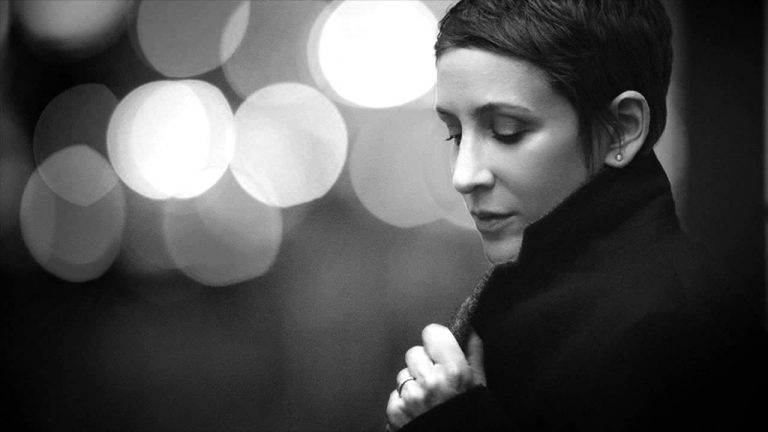
There Will Never Be Another… Nelson Riddle
When I was a teenager, I went to South Africa. It was my first big trip alone and I traveled 17 hours on a plane to stay with a family near Pietmartizburg for the summer. It was the start of my Wanderlust.
One day I was left to my own devices in the city. The movie theatre was playing a matinee of John Irving’s ’The World According to Garp’ which, coincidentally, I had only just read. So, it seemed a no-brainer. I made a snap decision, bought a ticket and made it to my seat just as the opening credits began to roll. I think this was probably my first time in a movie theatre alone, too. I felt so independent. It was wonderful!
Everything about the movie captivated me, the exoticness of being alone on the other side of the world resonated with Garp’s wide-eyed outlook. But seeing Irving’s poignant story on screen with its amazing cast of Robin Williams and Glenn Close, it was the soundtrack that most captivated my imagination. There is a scene that will stay with me my whole life, when Garp and Helen leave their children at home with the babysitter to go out for date night. But once they reach the car in the driveway and see the tableau of the lit house and their beautiful little family through the living room window, they realize they can’t go anywhere. Instead, they spend the evening in their car, enjoying the scene as if at a drive-in movie. They switch on the radio and that is when the magic happens… As they sink down in their seats, the music begins to play. The sighing strings announce the tender romance of the moment, and Nat King Cole’s voice floats out of the car’s radio and fills the theatre. “This is our last dance together, tonight soon will be long ago…Yes, I may dream a million dreams, but how can they come true, If there will never ever be another you?”
Nelson Riddle’s arrangement opens the heart to one of the most poignant of love songs, a song of parting and of brave, futile hope. Even now, as I am typing it out, I am getting tears in my eyes. Riddle’s ballad arrangements amplify the inherent emotion of the song. Never intrusive, never gratuitous, they borrow from the melody to weave woodwind spells around the singer, the French horns announce the unending pursuit of love and happiness, and the soft strings cushion even the hardest of fallings in and out of love.
Was there ever a better marriage of film scene and music? Was there ever a better marriage of singer and arranger?
John Pizzarelli
Grammy-award Winning Performing and Recording Artist
 My personal favorite Riddle arrangement is “River Stay Away From My Door.” Written for Frank Sinatra, I think it was cut from “Come Swing With Me.” It’s just two choruses.
My personal favorite Riddle arrangement is “River Stay Away From My Door.” Written for Frank Sinatra, I think it was cut from “Come Swing With Me.” It’s just two choruses.
It has all the classic Riddle signature riffs and the payoff with Sinatra belting over the band at the end is almost overwhelming! It never fails to move me.
Jeff Sultanof
Arranger, Composer
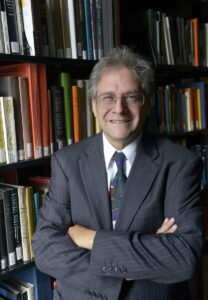 As a result of editing his arranging textbook, I could consider Nelson Riddle a friend, unfortunately for too short a time (he’d also worked with my mentor Jerry Graff on the Nat King Cole TV show). As two arranger/conductors, we would speak of the challenges and experiences of writing for artists, often on very short notice, that it was a great way to make a few bucks, and at its best, real magic happened. The album “The Man I Love” is one magical track after another that isn’t immediately thought of when we discuss Riddle, but the combination of Peggy Lee, Nelson, and the brilliant conducting of Sinatra combined to create one of my favorite albums regardless of genre.
As a result of editing his arranging textbook, I could consider Nelson Riddle a friend, unfortunately for too short a time (he’d also worked with my mentor Jerry Graff on the Nat King Cole TV show). As two arranger/conductors, we would speak of the challenges and experiences of writing for artists, often on very short notice, that it was a great way to make a few bucks, and at its best, real magic happened. The album “The Man I Love” is one magical track after another that isn’t immediately thought of when we discuss Riddle, but the combination of Peggy Lee, Nelson, and the brilliant conducting of Sinatra combined to create one of my favorite albums regardless of genre.
“The Folks Who Live on the Hill” is the final track, absolutely beautiful with Nelson surrounding Lee with warm velvety sounds and textures (the trumpet solos by Mannie Klein make me shiver), all guided by a master singer who knew how to make another artist feel secure to bring out her most vulnerable performances. The entire album is fine wine, and this track is a rare vintage.
Calabria Foti
Grammy-Nominated Vocalist

To me, Nelson Riddle isn’t only one of the greatest orchestral and big band arrangers ever, he is one of the great American composers of the 20th Century. His unique and brilliant ability to musically illustrate the emotions and meaning of a song, using the various instruments of an ensemble, so as to decorate and enhance the singer’s performance, will more than likely be examined and taught in music universities all over the world for a long, long time. I believe Nelson Riddle was a genius, and I am forever grateful to have been given the opportunity to record his hauntingly beautiful arrangement of “Lush Life” after it had been omitted from the legendary Frank Sinatra album ‘Sinatra Sings for Only the Lonely’, and was essentially lost in the vaults. At the time, Nelson was very disappointed that Lush Life was not a part of the iconic recording.
Riddle’s arrangement of the Billy Strayhorn classic, written much like a tone poem, depicts a Parisian street scene, with ragtime-y piano music seeming to emanate from one dance hall to another. His orchestration is poignant and colorful, allowing the singer to tell the story of loss and loneliness, enriching the deep, sad emotions of the piece. It was my great honor to record Lush Life with an orchestra at Capitol Records, the location of so many legendary sessions where the Sinatra/ Riddle collaboration made American music history. I hope we did the Maestro proud. Happy Birthday, Mr. Riddle!
Tedd Firth
Arranger, Conductor, Performing Artist
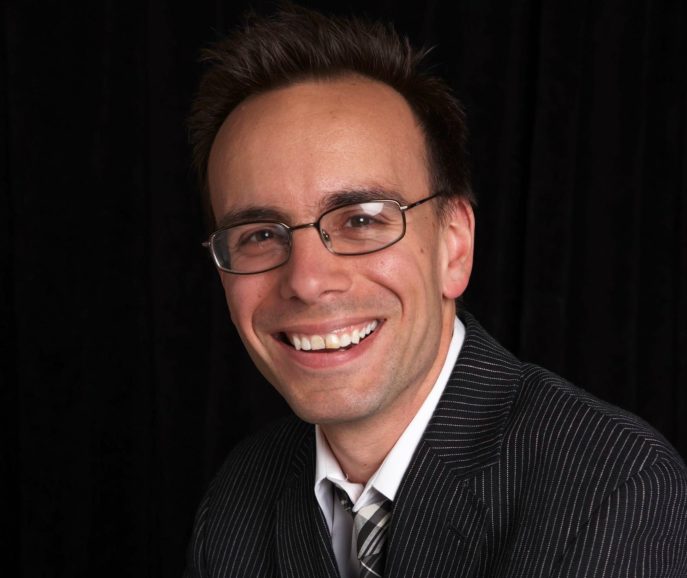
As popular singers became the focus of the record business following the end of World War 2 and the swing era, a class of arrangers emerged who elevated the songs these singers recorded to a new level of excellence. Nelson Riddle was likely the most significant arranger of this era and for me, his arrangement of “The Man I Love” for Ella Fitzgerald’s Sings The George And Ira Gershwin Song Book is a perfect example of Nelson’s ability to transform an already great song into high art. The introduction of the chart is remarkable in and of itself—a delicate theme that starts on piano and is passed along to the strings, then to woodwinds and finally back to the strings before the vocal enters.
The build of the arrangement is outstanding—following the first vocal chorus, an instrumental rendering of the bridge (the first half of which is played by French Horn and trombones and the second half carried by the strings) leads to a key change for the vocal return, with the trumpets making their first appearance at that point. Without a doubt, though, my favorite part of the chart is when the vocal hits the last note and the strings play a searing line loosely based on the melody of the tune as the brass holds out a final chord that’s equal parts devastating and thrilling. Obviously, having a vocalist on the level of Ella Fitzgerald singing your chart is a boon to any arranger, but I think this arrangement serves as proof that the reason the finest singers of the day were often paired with Nelson Riddle for their recordings was anything but chance.
Feature photo of Nelson Riddle courtesy Capitol Vaults




